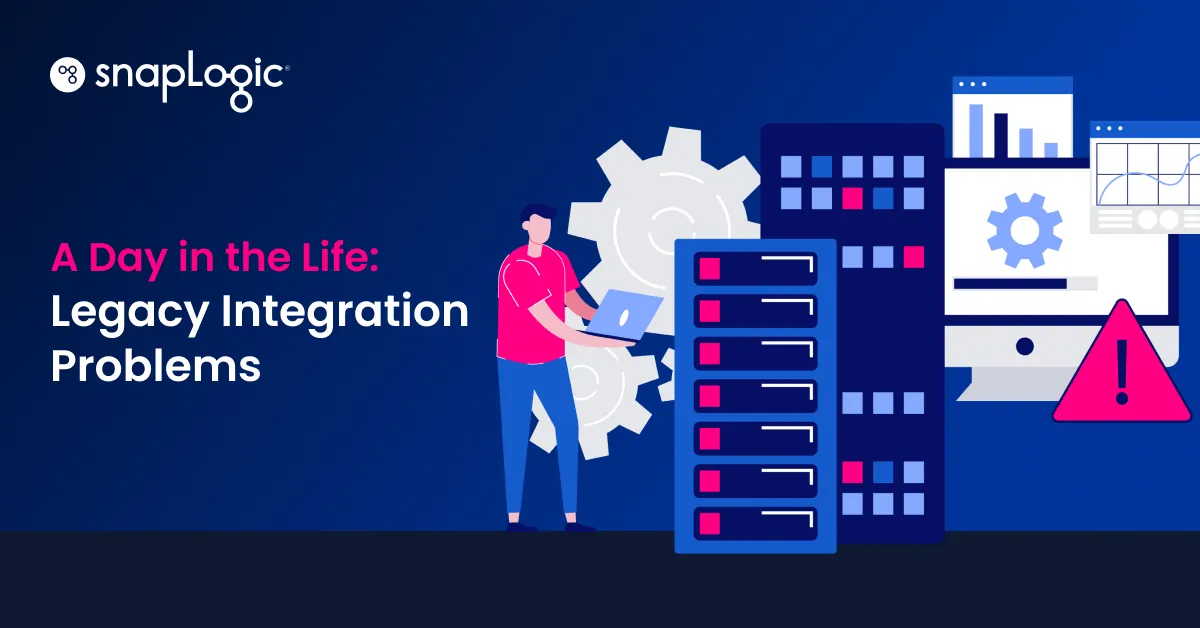“We considered other vendors but they required an exorbitant amount of code, and we did not want to figure out what to code, how to code, or how to maintain the code.” – Matt Bostrom, Director of Enterprise Application Architecture, KORE Wireless
Have you ever wondered why some companies never seem to have any machinery downtime? What makes smart buildings “smart?” How police can view a truck driver’s electronic log of miles driven, his speed, and when he drove? Each of these examples highlights the Internet of Things (IoT) at work and why it is growing rapidly. BCG predicts that by 2020, more than $267 billion will be spent on just IoT technologies, products, and services. Furthermore, Gartner predicts there will be 8.4 billion connected “things” in use in 2017, up 31 percent from 2016. All of these “things” need to be connected to each other for the IoT to be a reality.
Enter, KORE Wireless, the largest, global, independent provider of managed network and layered application services in the IoT market. KORE provides IoT connectivity that allows sensors in connected “things” such as devices and machines to communicate with the internet. Recently, it acquired Wyless, also a provider of managed IoT network and application services. With the acquisition activities for the financials, personnel, and business strategy behind them, the work of merging the data and duplicative technologies had just begun.
As with other companies that are involved in a merger or acquisition, Matt Bostrom of KORE realized that they “had multiple platforms that essentially did the same thing, and they needed a common platform with a complete view (including devices, revenue, and inventory) of the customers.” Furthermore, the IT and architecture teams had to do much of the heavy lifting in consolidating data between the two companies. By migrating KORE’s older Salesforce.com platform into Wyless’ newer one, the company had improved visibility into their customer’s connectivity needs and eliminated data duplication from six different systems that could hinder sales and marketing operations. The IT team also connected three different ERP systems, including NetSuite, Sage 300 ERP, and Microsoft Great Plains, into Salesforce.com, allowing the finance department to pull accurate financial reports and billing information.
SnapLogic has dramatically helped KORE reduce operational costs with the ease of building integrations rapidly without a fully staffed team of integration developers. The data integrations also reduced license costs in duplicate platforms such that 70 licenses were reduced to just 1, saving over $100,000 in license costs alone. Now, KORE has complete visibility into its customers’ data, improving accuracy, efficiency, and productivity while providing connectivity and services to customers.
Using SnapLogic’s pre-built connectors, called Snaps, the team parsed millions of rows of carrier data and realized a 54 percent reduction in time to custom coding a parsing solution. “Integration is no longer a black box with SnapLogic, and the pipelines show us exactly where the data is flowing,” said Bostrom. “[SnapLogic’s] performance and ease-of-use have allowed the business to focus on our customers.”
For more on how KORE merged data with Wyless and streamlined operations, read the complete case study.













